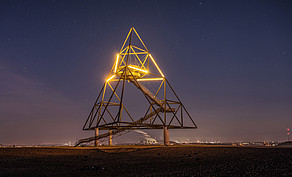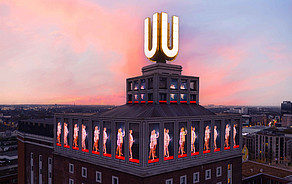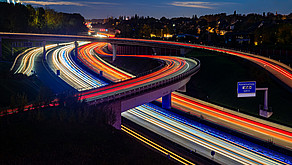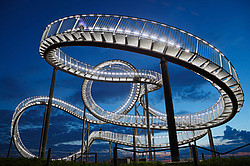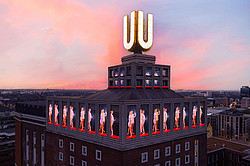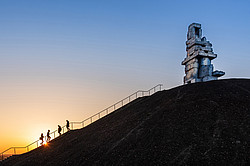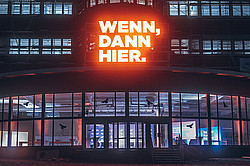The Ruhr Area
Over the past six decades, the Ruhr region has evolved from being Germany’s leading coal and steel industry region into a science hub with over 20 institutions of higher education—more than any other metropolitan area in Europe. The establishment of universities in Bochum, Dortmund, Duisburg, and Essen marked the beginning of this extraordinary transformation. Today, they form the backbone of a unique innovation ecosystem, in which universities are closely working together with non-university research institutions, municipalities, companies and a rapidly growing start-up scene. This network not only drives progress within the region but also serves as a real-world laboratory for transformation processes around the globe.
With its 53 cities, the Ruhr region is home to more than five million people, making it the most densely populated region in Germany. Here, the benefits of urban living seamlessly blend with nature, offering parks, forests, lakes, and our namesake river, the Ruhr, which invites everyone to unwind amidst serene landscapes far from the city’s hustle and bustle. Beyond the green trails, the opportunities for leisure activities are virtually limitless. Whether you’re attending sporting events or concerts, enjoying bars and restaurants, or exploring our numerous cultural institutions, the Ruhr region has something for everyone.
Wherever you spend your time, you’ll encounter traces of our rich history as a mining region, which remains visible throughout the landscape. This unique blend of industrial heritage, nature, and art creates unforgettable experiences. Imagine relaxing in recreational areas around an old blast furnace, visiting a museum housed in a former coal mine, or chilling next to a historic winding tower—these are experiences you won’t find just anywhere. In the Ruhr area we know how to reinvent ourselves while staying true to our roots.

